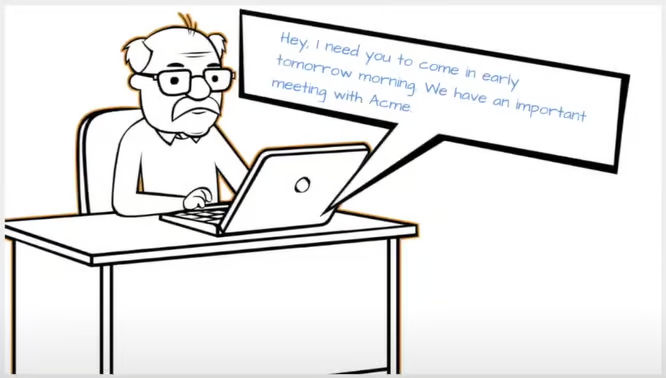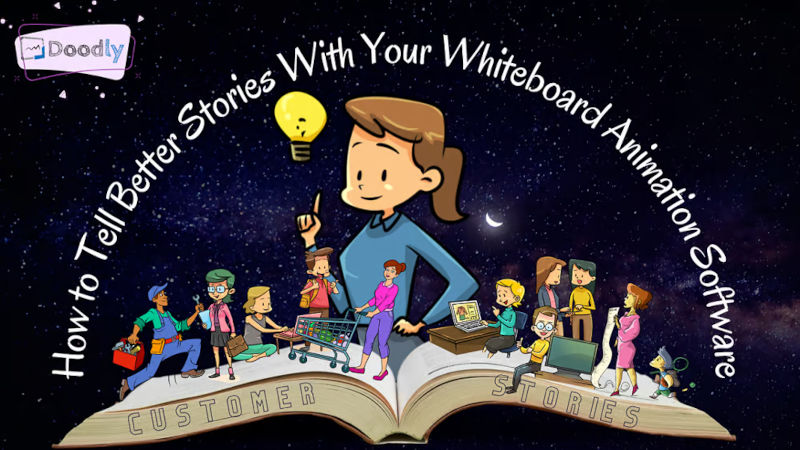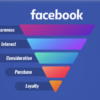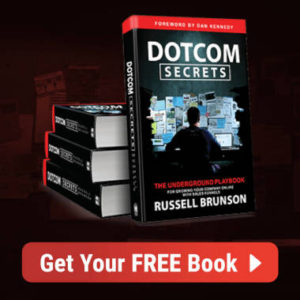Free
How to Tell BETTER Stories With Your Whiteboard Animation Software
Storytelling has the ability to deeply connect with people and bring brands to life. It’s an essential tool in marketing campaigns and can make ideas stick. People are naturally drawn to stories because they create a human connection based on empathy.
Studies have shown that storytelling is incredibly effective, with people remembering stories 22 times more than facts alone. Additionally, it can boost conversion rates by 30%. In fact, 62% of B2B marketers rate storytelling as a valuable content marketing tactic.
Imagine being able to create captivating content that combines words, visuals, and narrative. With Doodly, you can now create engaging whiteboard videos that do just that.
Stories are the foundation of any brand, building trust and loyalty. Whiteboard animation is a powerful tool for businesses, increasing customer retention and participation. In fact, a study by Dr. Richard Wiseman found that whiteboard animation increases customer retention by 15% and participation rate by 66% compared to traditional talking head videos.
Doodly combined with storytelling is a winning combination. In Dr. Wiseman’s research, 92% of scribe viewers recalled the answer correctly, 22% more than those who watched a regular video.
When it comes to the length of a whiteboard animation video, it’s important to keep it under two minutes. People’s attention spans are short these days, and anything longer may cause viewers to lose interest.
To start building your story with Doodly, you’ll need to write a script. Don’t be intimidated, writing a script is easier than you think. Focus on your audience’s problems and the emotions you want to evoke in them. Your audience may forget what you say, but they won’t forget how you made them feel.
When writing your script, consider three important questions: Who’s your protagonist (main character)? What is their motivation or the problems they face? How does their character change as a result of the conflict in your story?
To help with scriptwriting, use a two-column format. The left column includes the visual elements you want to include in your animation, while the right column is for the narration or voice-over. This format provides an overview and helps with scene planning.
Once you have your script, it’s time to start building your scenes. Each scene should have a clear purpose and contribute to the overall story.
Scene 1:

sets the stage with a title and an image of the main character.
Scene 2:
shows the main character working on their laptop, feeling uninspired and exhausted. This relatable setting helps create a connection with the audience.
Scene 3:

introduces a conflict when the main character receives a message from their boss, requesting an early meeting. This adds tension and drives the story forward.
Scene 4:
Get ready for an emotional rollercoaster in scene 4. Our main character is at the breaking point – overwhelmed, stressed, and ready to throw in the towel. We’ve all been there before, right? This scene is so relatable, you won’t want to miss it.
Scene 5:
Prepare for a serendipitous encounter in scene 5. On his way home from work, our character bumps into an old friend who tells him about Doodly. Intrigued, he checks it out as soon as he gets home. And guess what? It’s super cool! He can’t wait to start creating a killer presentation for his big meeting tomorrow. The excitement is palpable!
Scene 6:

In scene 6, things start looking up for our protagonist. He brings his Doodly video to work and everyone is blown away. They love it! The video is a hit, and our character is on cloud nine once again.
Scene 7:
Get ready for the grand finale in scene 7. Our main character is jumping for joy, spreading the word about Doodly and how it can reignite your creativity. He wants everyone to experience the same amazing feeling. Plus, he even includes a link to Doodly’s website so viewers can check it out for themselves.
And here’s a valuable tip:

Doodly isn’t just beneficial for personal use – it’s a game-changer for teachers too. Especially those working with children who have different learning abilities or special needs. Doodly helps them think visually and engage in a whole new way.
But wait, there’s more! Here are some additional tips to make your Doodly videos truly amazing:
1. Enhance your video with voice-over and music. Keep it natural and avoid overacting. Remember to include pauses, allowing viewers to reflect. Not comfortable doing your own voice-over? No worries – you can hire a narrator or use a text-to-speech software like Talkia.
2. Get creative with colors! Take inspiration from our example and use colors that represent different moods or thoughts. For instance, we used blue for voice work when the character is thinking or speaking.
3. Don’t be afraid to play with props! They can be used to convey more than what’s written in the text. A clock can represent time, showing duration, waiting, being busy, or even running late.
4. Mix it up with different camera angles. Use close-ups for dramatic impact, like we did to highlight a character’s expression. Trust us, it makes a world of difference.
5. Add some spark with sound effects. The right sound can bring your scenes to life. Simply head to the Sounds Panel and explore the wide variety of categories and sound effects available.
Now that you’re armed with these tips, go forth and create captivating Doodly videos that will leave your audience in awe!






























